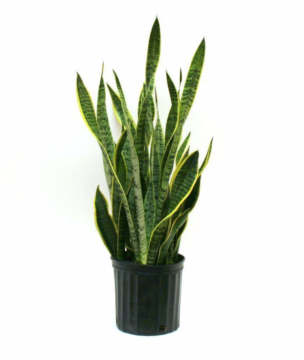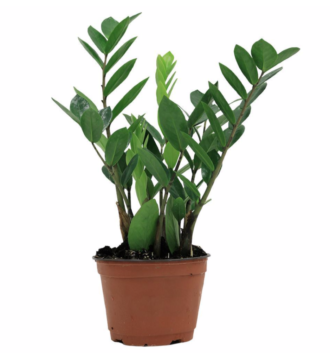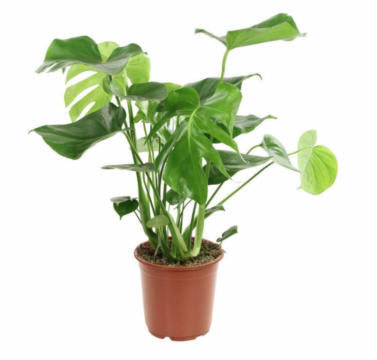Hannah Graham, 24, is a serial plant killer. She opts to drown her victims, struggling to control her urge to water. Far from enjoying her actions, killing deeply saddens Graham.
“I try too hard to keep them alive,” says the recent uOttawa psychology graduate of her collection of barely alive houseplants. “I care too much.”
Having plants makes Graham happy, especially in the winter. They brighten her living space and it makes her feel connected to nature.
But she has no idea what she’s doing.
“Sun and water, that’s all they need,” says Graham. “Right?”
A study suggests interacting with houseplants can reduce psychological and physiological stress. Students and young adults like Graham try to reap these benefits but struggle in execution.
So with help from Suzanne Potvin, an Algonquin College horticulture alum, and horticulturist at Ottawa Plants, we compiled a list of the best low- maintenance plants for students.
1. Snake plant (Sansevieria)
Description: The snake plant is able to survive weeks of neglect, making it the easy choice for a first time plant. It cleans air better than most houseplants, ridding the air of toxins such as benzene and formaldehyde.
Care: water once a week, low light or high light exposure. Can grow up to 12 feet tall.
Potvin: “The snake plant is extremely versatile,” she says. “Make sure you let it dry out completely before watering. If you are unsure, just skip it for that week.”
2. ZZ plant (Zamioculcas)
Description: Commonly mistaken as a fake plant because of it’s waxy, thick leaves, the ZZ plant continues to grow even when neglected for months.
Care: only water when the soil is completely dry, direct light or indirect light or low light.
Potvin: “It is the perfect first plant. It retains a lot of water so if you forget, it doesn’t matter.”
3. Swiss cheese plant (Philodendron Monstera)
Description: The swiss cheese plant needs a lot of room for its tall stature and wide perforated leaves. It is a fast grower and can live for a very long time with proper care.
Care: water weekly or bi-weekly, indirect sunlight.
Potvin: “It’s beautiful and tall,” she says. “Everyone loves this one. We can’t keep it in stock.”
Before you consider owning any of the plants in the list, note that each of them are toxic to pets.
The key to keeping your plants alive is to be wary of the frequency of watering.
“The most common mistake is overwatering,” says Potvin. “Often people will not feel the soil and just give their plant water when it doesn’t need it.”
Potvin stresses that you feel the soil with your fingers before watering and to get into the routine of checking your plants. “Not watering is better than over-watering.”
She is excited that houseplants have grown in popularity. “It’s really getting back into the spotlight right now,” says Potvin. “Plants are my passion and I love sharing that with others.”






